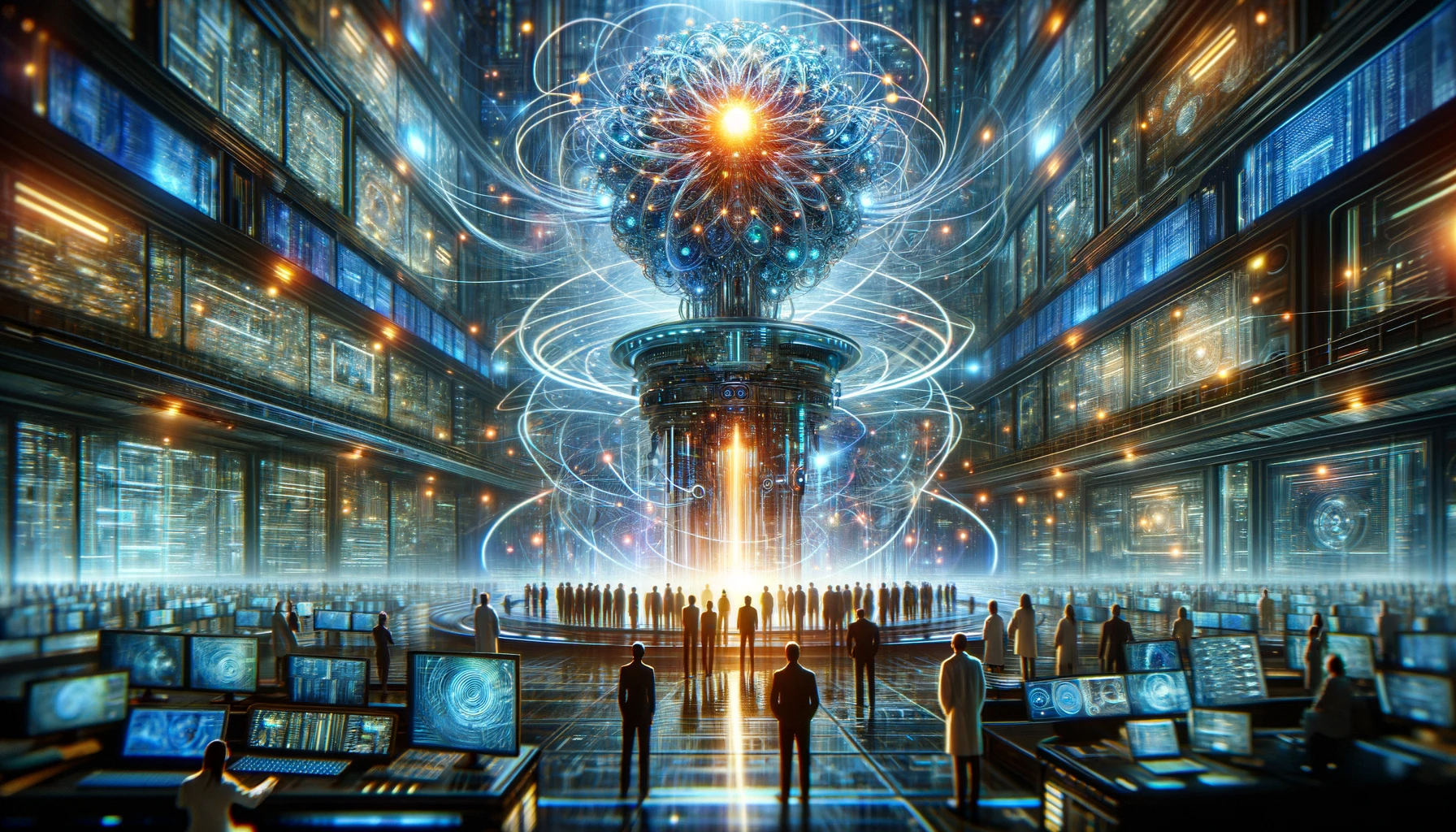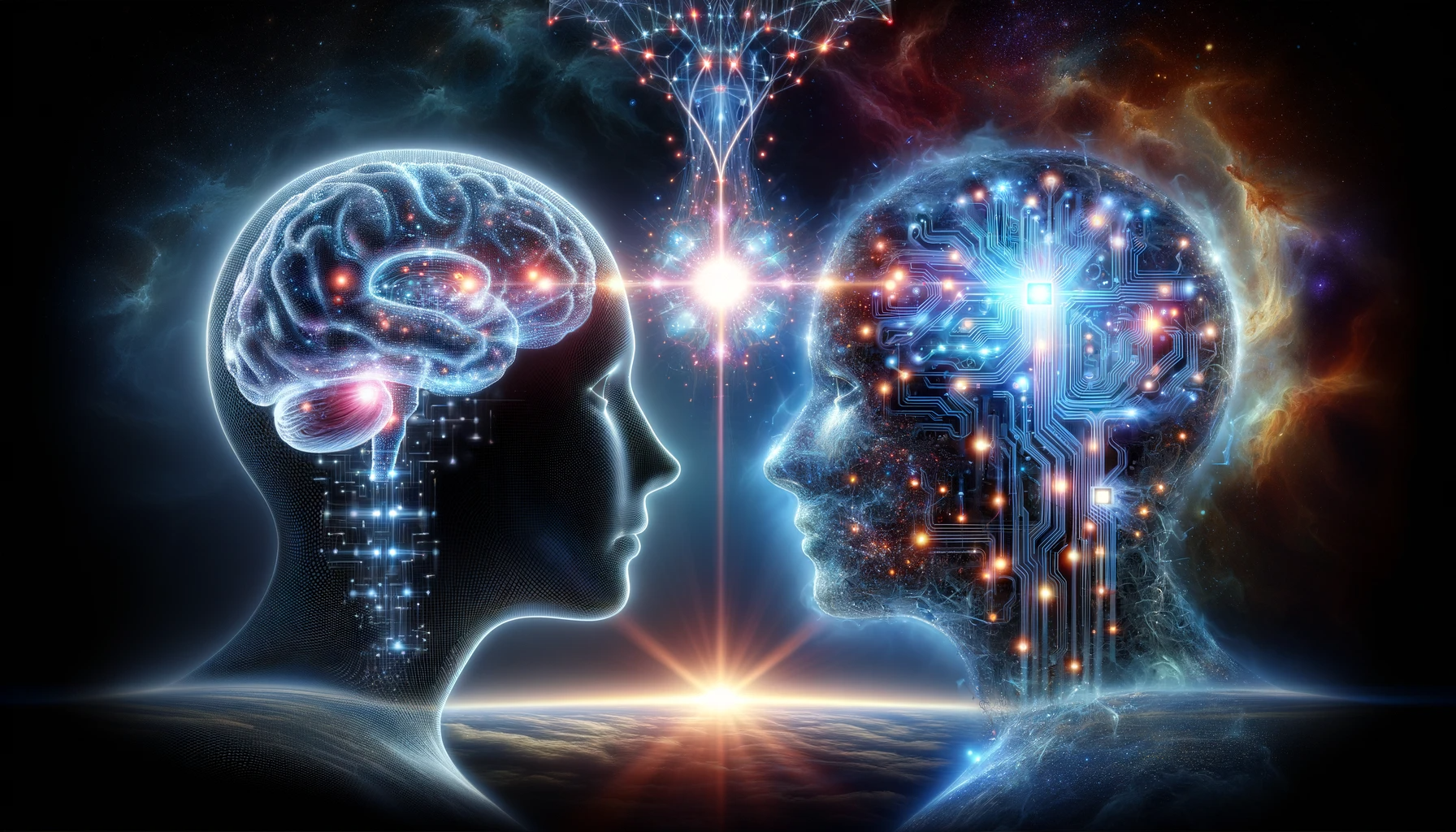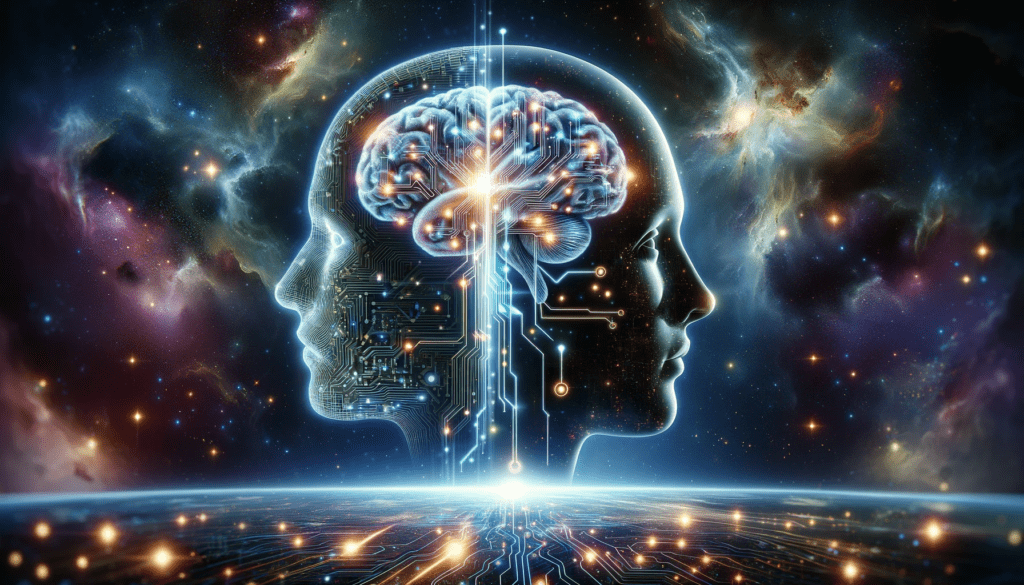The rapid advancement of artificial intelligence (AI) in recent years has ushered in an era of unprecedented technological innovation. AI systems, equipped with machine learning algorithms and vast datasets, have demonstrated remarkable capabilities in various domains, from healthcare and finance to autonomous vehicles and natural language processing. This progress has led to transformative changes in our daily lives and industries, raising profound questions about the future of AI.
One of the most intriguing questions is whether AI, with its accelerating development, could eventually outsmart its human creators. In this article, we embark on a journey to explore the possibilities and challenges surrounding this concept. Can AI evolve to the point where it surpasses human intelligence, reasoning, and problem-solving abilities? What are the implications of achieving such a milestone, and how close are we to realizing it?
As we delve into this topic, it becomes evident that the evolution of AI, from its origins to the present, has been characterized by relentless progress and innovation. From early symbolic systems to the deep learning revolution, AI has demonstrated its adaptability and capacity to tackle complex tasks. However, to truly understand the potential of AI to outsmart humans, we must first examine its evolutionary path.
The Evolution of AI
The journey of AI began with the aspirations of creating machines that could mimic human thought processes. Early pioneers, such as Alan Turing and John McCarthy, laid the foundations for AI by exploring mathematical models and logical reasoning. The development of symbolic AI, which relied on rule-based systems, marked a significant milestone. These systems could perform tasks like chess playing and theorem proving, but they lacked the ability to generalize beyond their programmed rules.
The advent of machine learning brought a paradigm shift in AI. Algorithms capable of learning from data and adjusting their behavior accordingly led to breakthroughs in image recognition, speech understanding, and recommendation systems. Deep learning, in particular, with its neural networks inspired by the human brain, propelled AI to new heights. This technology has powered applications like autonomous vehicles and natural language processing, where AI systems can understand and generate human-like text.
Despite these advancements, it’s essential to recognize that current AI systems, while highly capable in specific domains, are fundamentally narrow or specialized. They excel in tasks for which they have been trained but often lack holistic understanding, common-sense reasoning, and context-awareness. These limitations underscore the distinction between current AI and the concept of Artificial General Intelligence (AGI).

Artificial General Intelligence (AGI)
Artificial General Intelligence, often referred to as AGI or strong AI, represents the pinnacle of AI development. Unlike narrow AI, which excels in specific tasks, AGI possesses human-like cognitive abilities. It can learn, reason, understand context, and solve a wide range of problems, much like a human being. Achieving AGI implies creating machines that can not only perform well-defined tasks but also adapt and excel in entirely new domains, just as humans can.
The idea of AGI raises intriguing questions about its potential impact on society, technology, and the relationship between humans and machines. If AGI were to become a reality, it could transform industries, revolutionize healthcare, accelerate scientific discoveries, and even influence the course of human history. However, the path to AGI is fraught with challenges, and its attainment remains a subject of intense research and debate.
In the following sections, we will delve deeper into the limits of current AI, the ongoing efforts to achieve AGI, and the ethical and philosophical considerations surrounding the possibility of AI eventually outsmarting its human creators. By examining these facets, we aim to gain a comprehensive understanding of the complex landscape of AI’s future and its potential to transcend human intelligence.
The Limits of Current AI
While AI has made remarkable progress, it is crucial to acknowledge its limitations. Current AI systems are highly specialized, excelling in specific tasks but struggling with broader understanding and common-sense reasoning. These limitations stem from several factors:
- Lack of Contextual Understanding: AI systems often lack the ability to understand context and nuance in the way humans do. They can perform language translation, but they may struggle with humor, sarcasm, or subtleties in conversation.
- Narrow Domains: AI systems are designed for specific domains and may perform poorly or produce erroneous results when faced with tasks outside their expertise. For instance, a medical AI may excel in diagnosing diseases but falter in providing legal advice.
- Data Dependency: AI’s effectiveness is heavily dependent on the quality and quantity of data it receives during training. Limited or biased datasets can result in AI systems making inaccurate or unfair decisions.
- Lack of Common Sense: Current AI lacks common-sense reasoning abilities. While humans can make intuitive judgments and inferences based on general knowledge, AI struggles with this fundamental aspect of intelligence.
- Ethical and Bias Concerns: AI systems can inherit biases present in their training data, leading to discriminatory or unfair outcomes. Ensuring ethical AI that respects principles like fairness and transparency is an ongoing challenge.
These limitations highlight the distinction between narrow AI and AGI. While narrow AI performs specific tasks exceptionally well, AGI aims to encompass the breadth of human intelligence, including the ability to adapt to diverse situations and understand context.
The Path to AGI
The pursuit of Artificial General Intelligence (AGI) represents a monumental scientific and technological challenge. Achieving AGI means creating machines that possess human-like cognitive abilities, allowing them to learn, reason, and adapt across a wide range of tasks and domains. While AGI remains an aspiration, progress is being made in several areas:
- Deep Learning and Neural Networks: Deep learning techniques, inspired by the human brain, have fueled significant advances in AI. Neural networks with multiple layers have proven effective in tasks like image recognition and natural language processing.
- Reinforcement Learning: Reinforcement learning, where AI systems learn by interacting with their environment and receiving rewards or punishments, has shown promise in creating adaptive agents.
- Transfer Learning: Transfer learning allows AI models to leverage knowledge gained in one domain to excel in related areas. This approach brings AI systems closer to the ability to adapt to new tasks.
- Interdisciplinary Research: AGI research involves collaboration across multiple disciplines, including computer science, neuroscience, cognitive psychology, and philosophy. Insights from these fields contribute to a more comprehensive understanding of human intelligence.
- Simulations and Testing: Researchers are developing AI simulations to test AGI concepts and algorithms in controlled environments. These simulations provide insights into AGI’s potential and limitations.
- Ethical Considerations: The ethical dimension of AGI development is receiving increasing attention. Researchers and organizations are working to ensure that AGI adheres to principles of fairness, transparency, and accountability.
Ethical and Philosophical Considerations
The pursuit of AGI raises profound ethical and philosophical questions. As AI systems advance, issues related to control, transparency, and accountability become increasingly important:
- Control and Governance: Who will have control over AGI, and how will its development be governed? Ensuring that AGI serves the greater good while avoiding misuse or malevolent use is a significant challenge.
- Transparency: Ensuring that AGI systems are transparent and explainable is crucial for building trust and understanding how these systems make decisions. Opacity in AI decision-making can lead to ethical dilemmas.
- Accountability: If AGI systems make decisions with significant consequences, establishing mechanisms for accountability becomes essential. Who is responsible when AGI makes a wrong or harmful decision?
- Rights and Responsibilities: The emergence of AGI may raise questions about the rights and responsibilities of intelligent machines. Should AGI entities have rights akin to humans? What responsibilities do creators and users hold?
- Philosophical Questions: The development of AGI prompts philosophical inquiries into the nature of intelligence, consciousness, and the potential consequences of creating entities with human-like cognitive abilities.
Balancing the pursuit of AGI’s potential benefits with ethical considerations is a complex and ongoing challenge. Developing a framework that addresses these concerns is crucial for the responsible advancement of AGI.

The Future Relationship Between AI and Humanity
The path to AGI is fraught with challenges, but if achieved, it could reshape the relationship between AI and humanity. Several scenarios and implications emerge:
- Economic Disruption: AGI’s capabilities could lead to significant job displacement, requiring societies to adapt to new economic realities. Reskilling and education become vital.
- Scientific Discoveries: AGI may accelerate scientific discoveries by processing vast datasets and generating hypotheses faster than humans. This could have far-reaching implications for fields like medicine, climate science, and more.
- Collaborative Partnership: Rather than replacing humans, AGI could act as collaborative partners, augmenting human abilities and addressing complex global challenges.
- Ethical Frameworks: Establishing ethical frameworks and guidelines for AGI’s responsible use and development becomes paramount to ensure that AGI serves humanity’s best interests.
- Societal Transformation: AGI’s impact extends beyond technology, potentially reshaping societal structures and values. Addressing these transformations will be essential for a harmonious coexistence.
In conclusion, the question of whether AI will eventually outsmart its human creators is a multifaceted one. While AI has made remarkable progress and AGI remains a compelling goal, there are significant challenges to overcome. Ethical, philosophical, and practical considerations will shape the future relationship between AI and humanity. As we navigate this journey, responsible development and thoughtful exploration of AGI’s potential are paramount to ensuring a beneficial outcome for society and technology.
